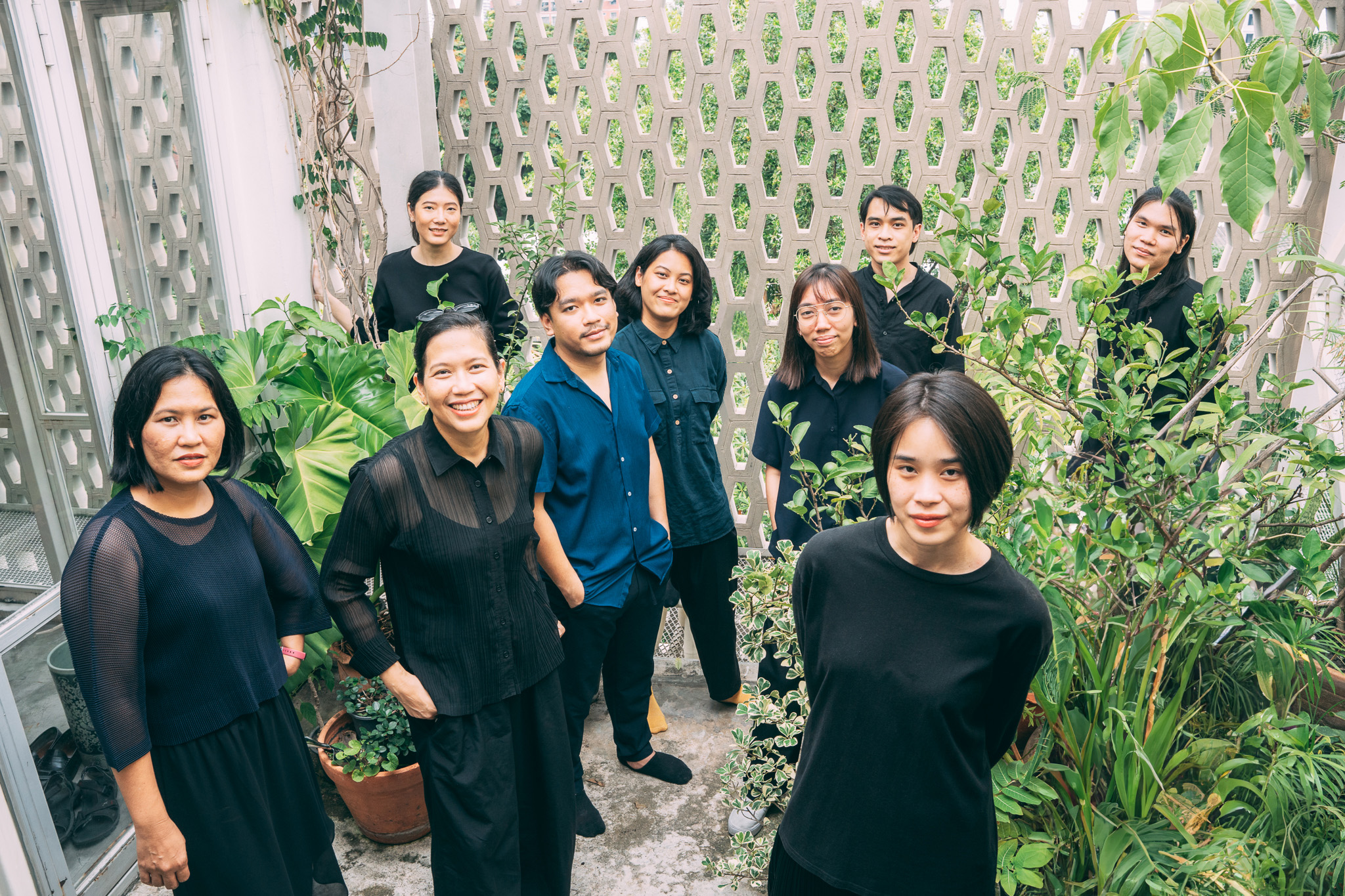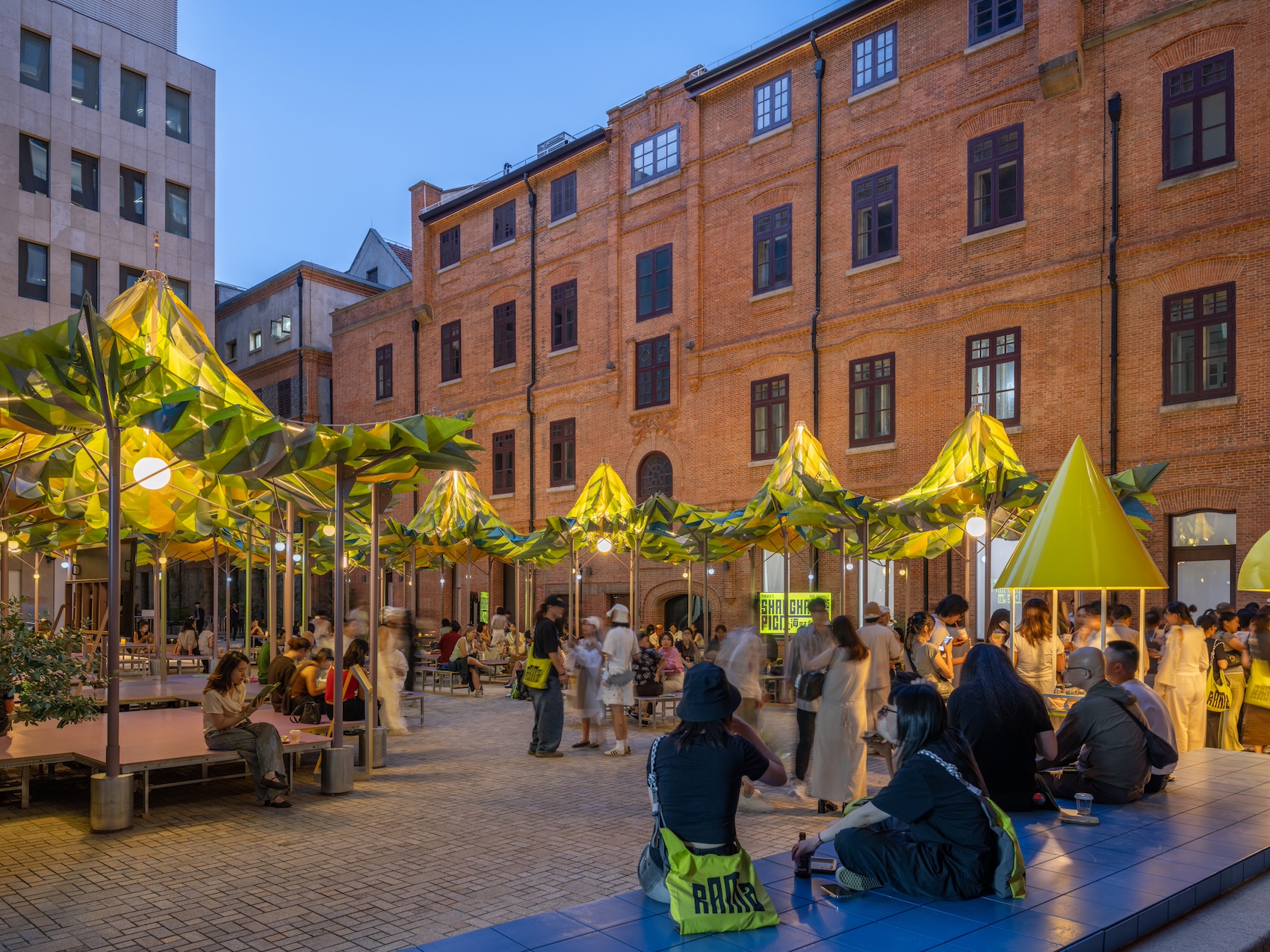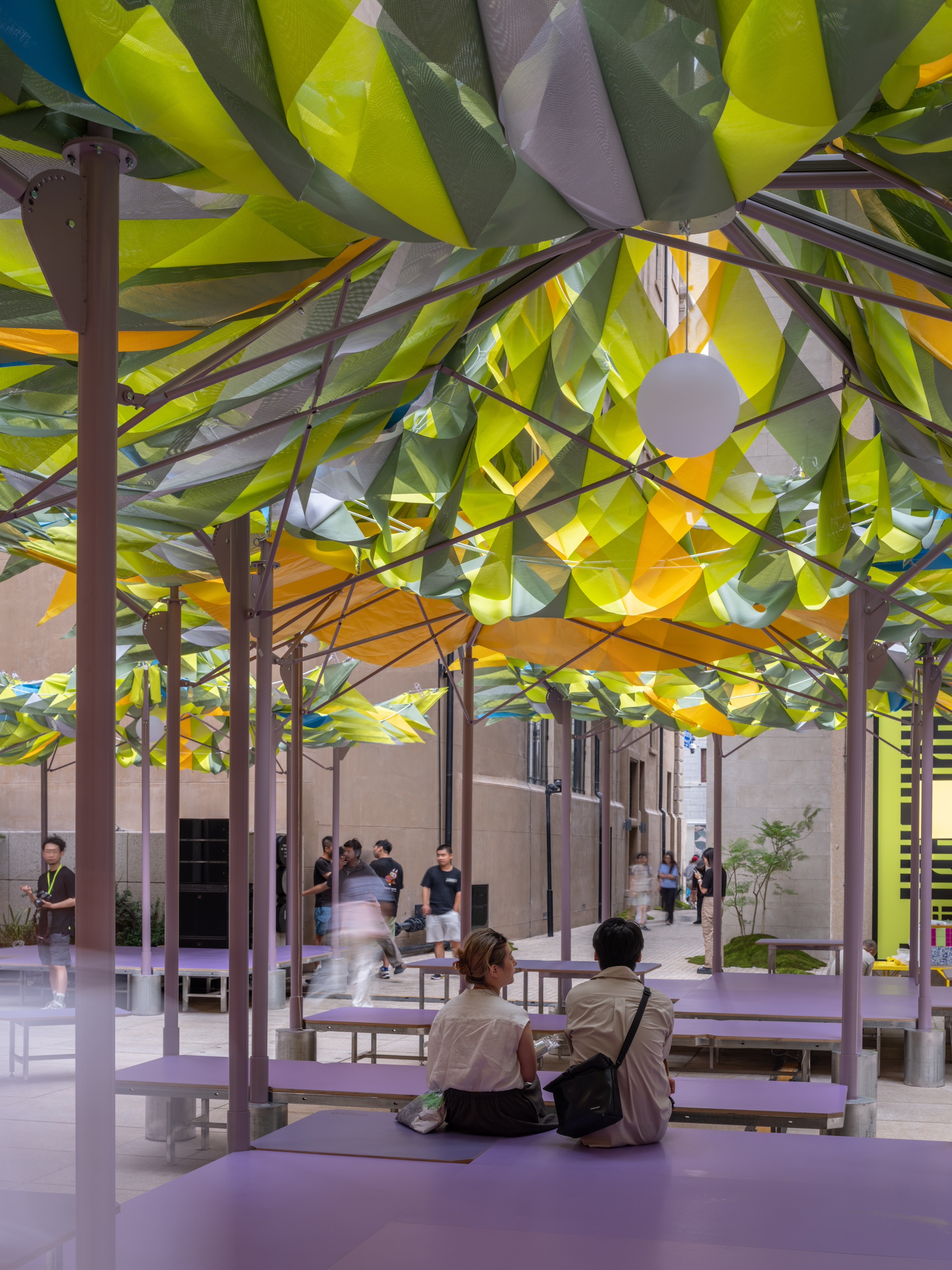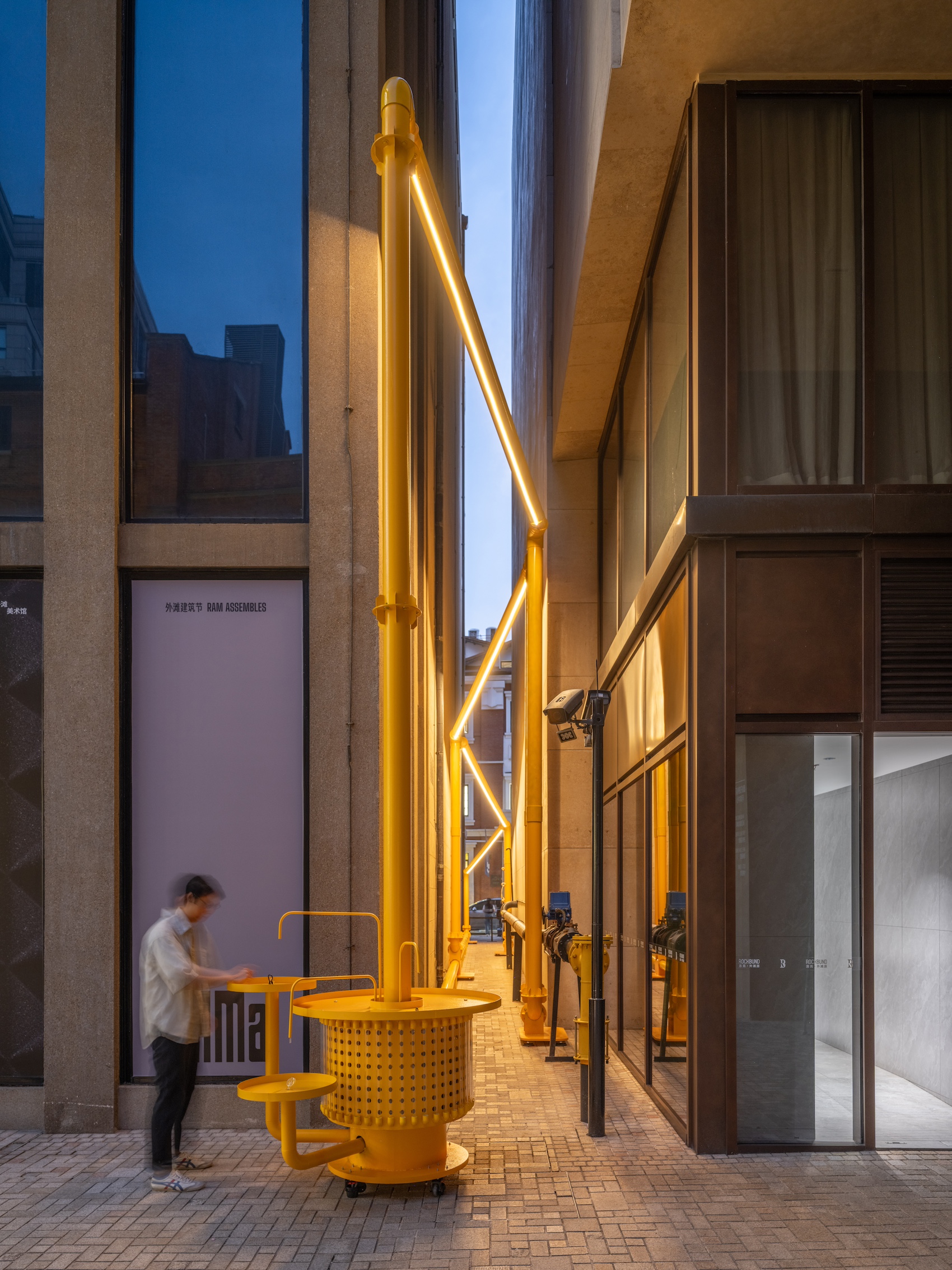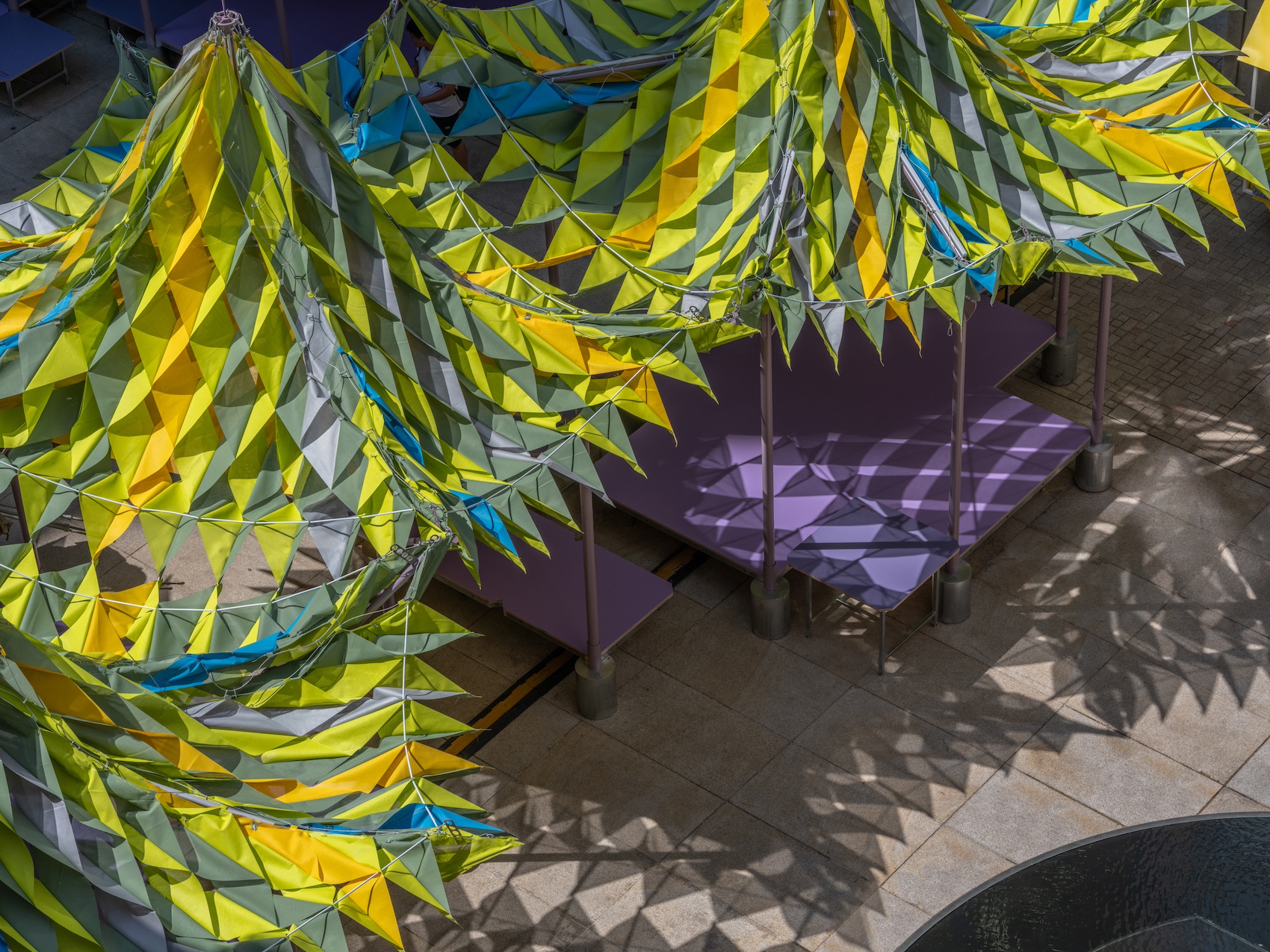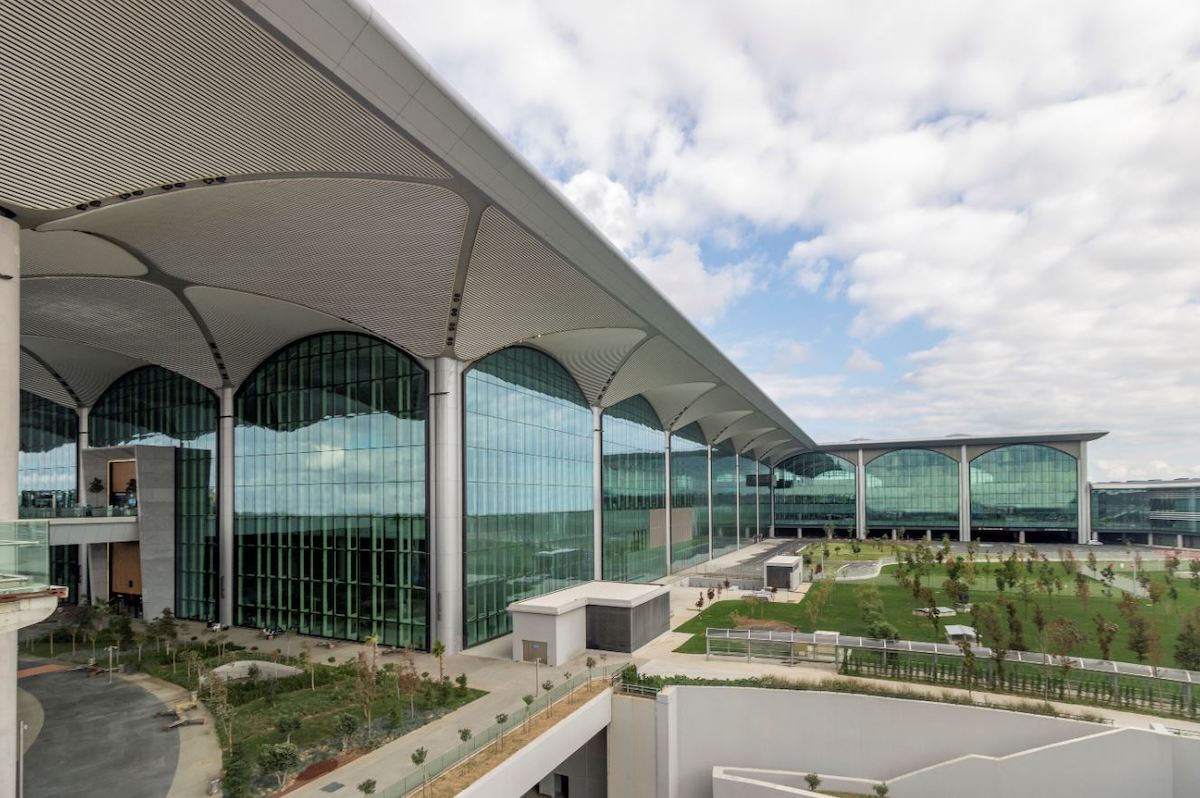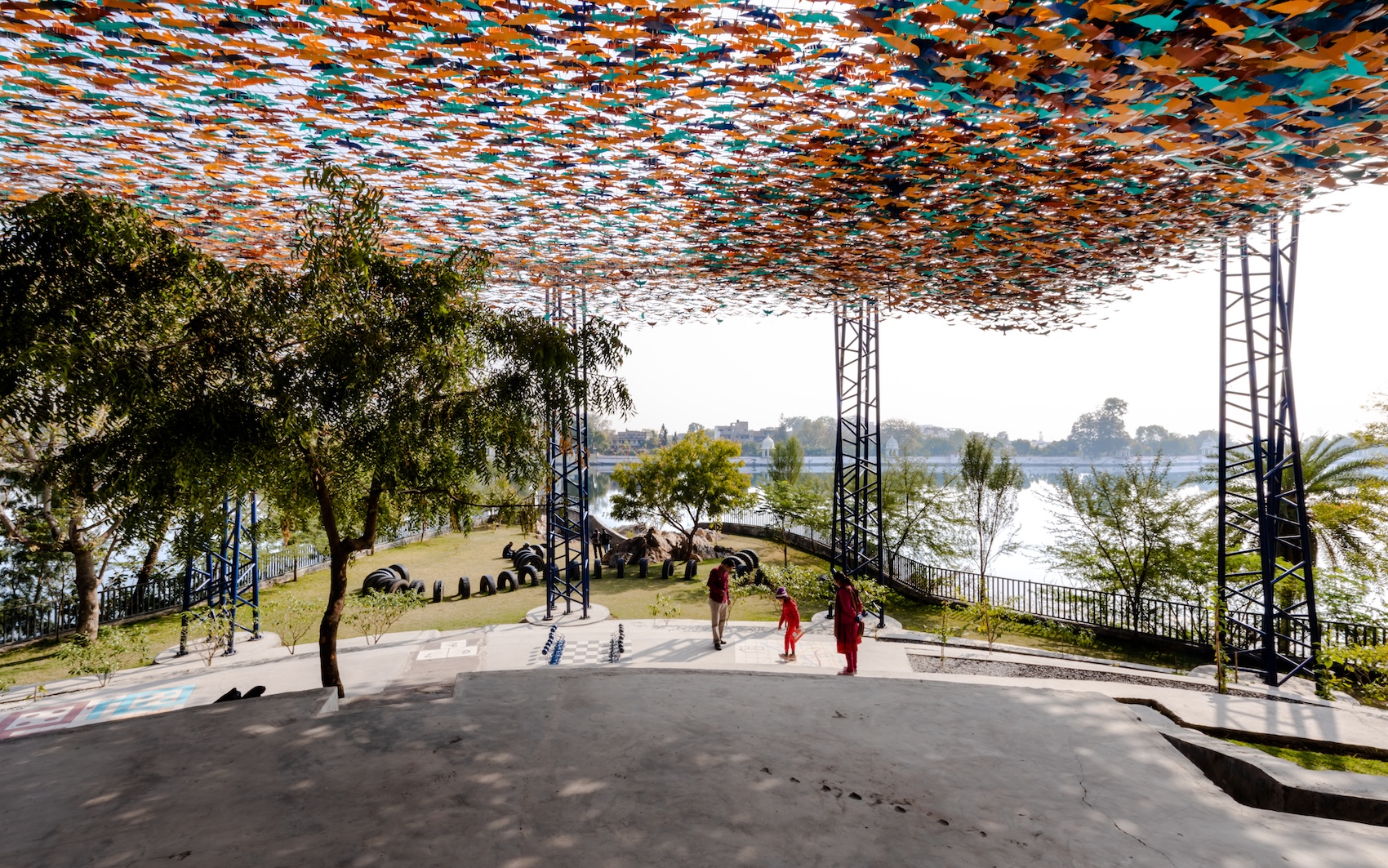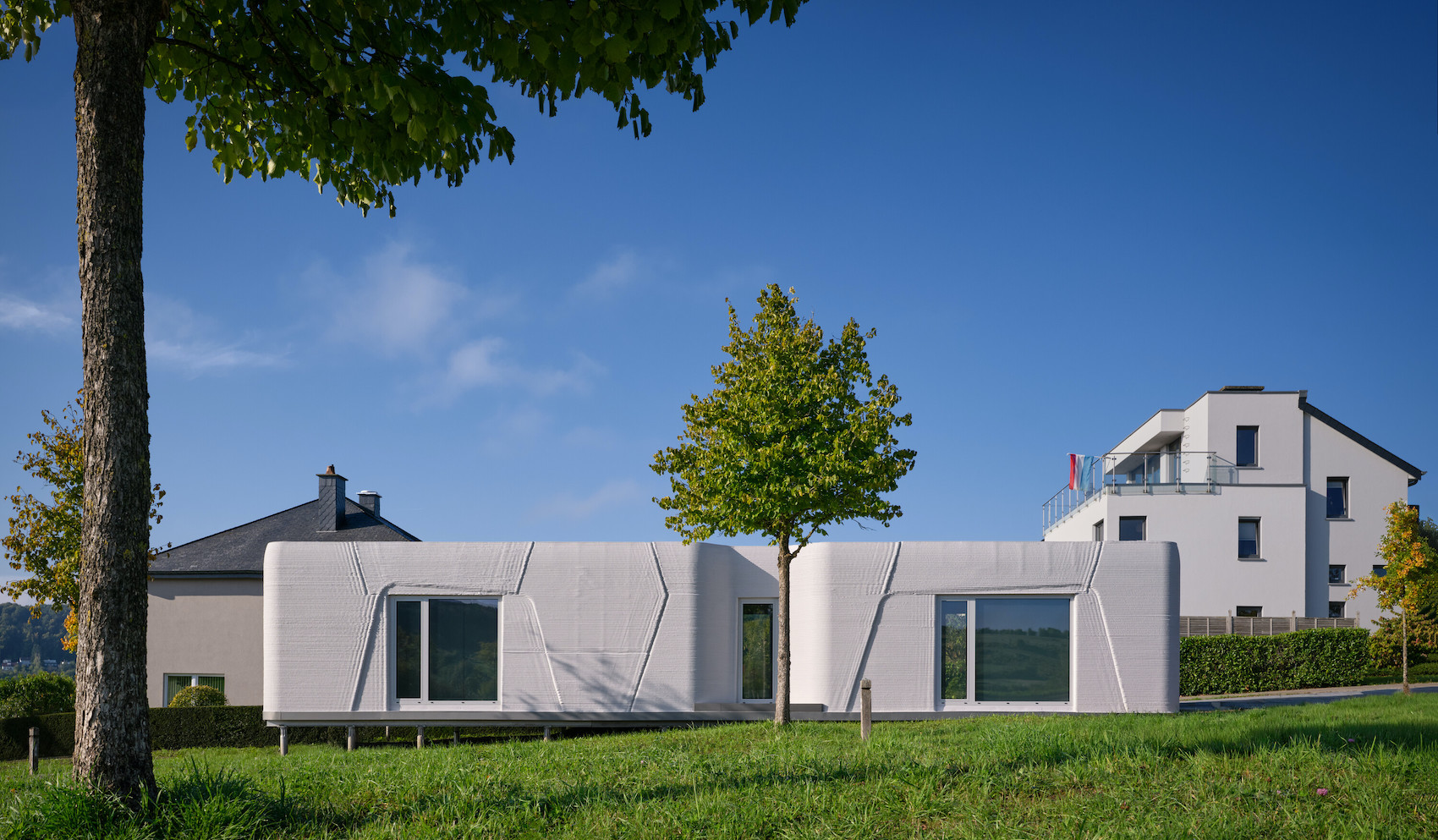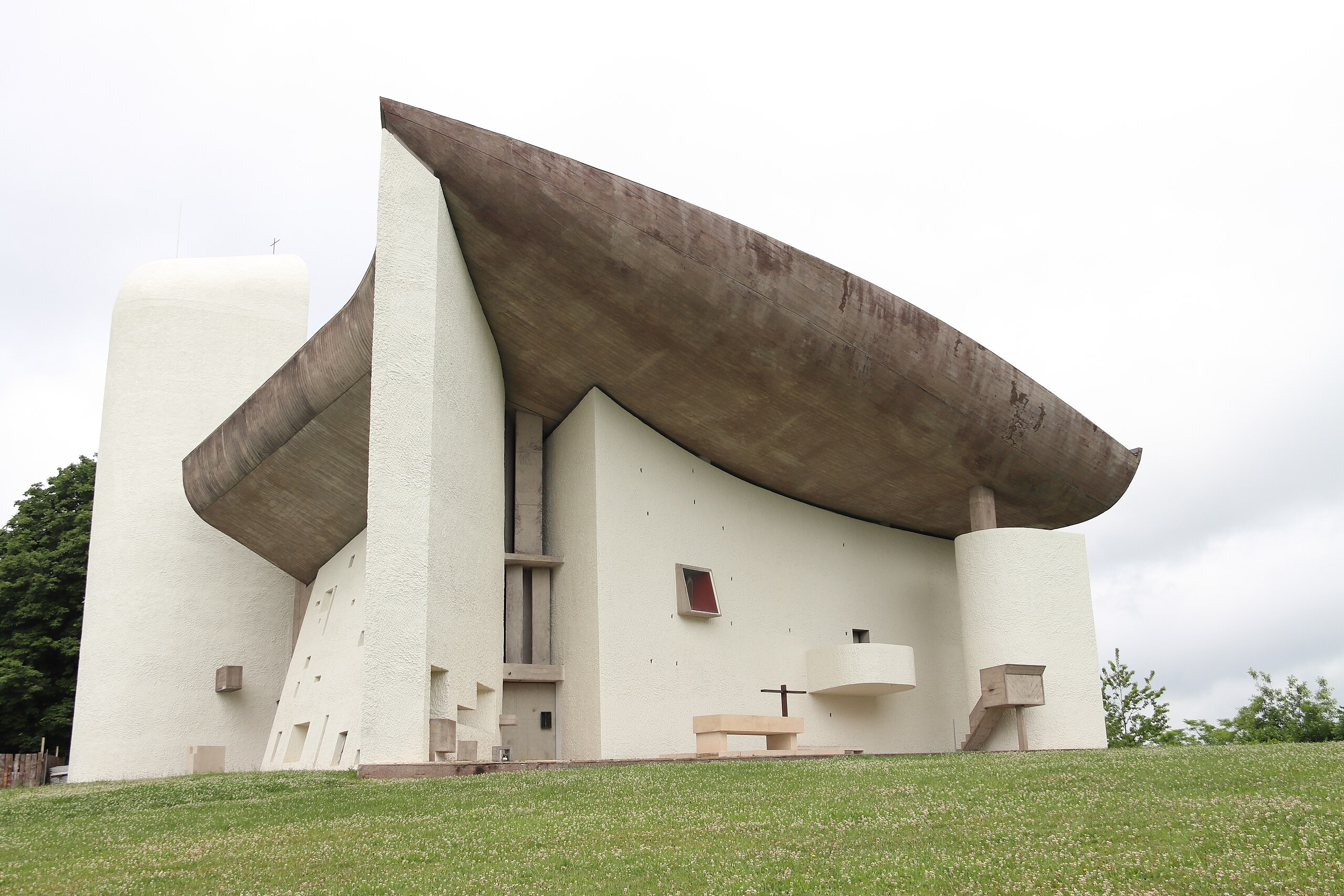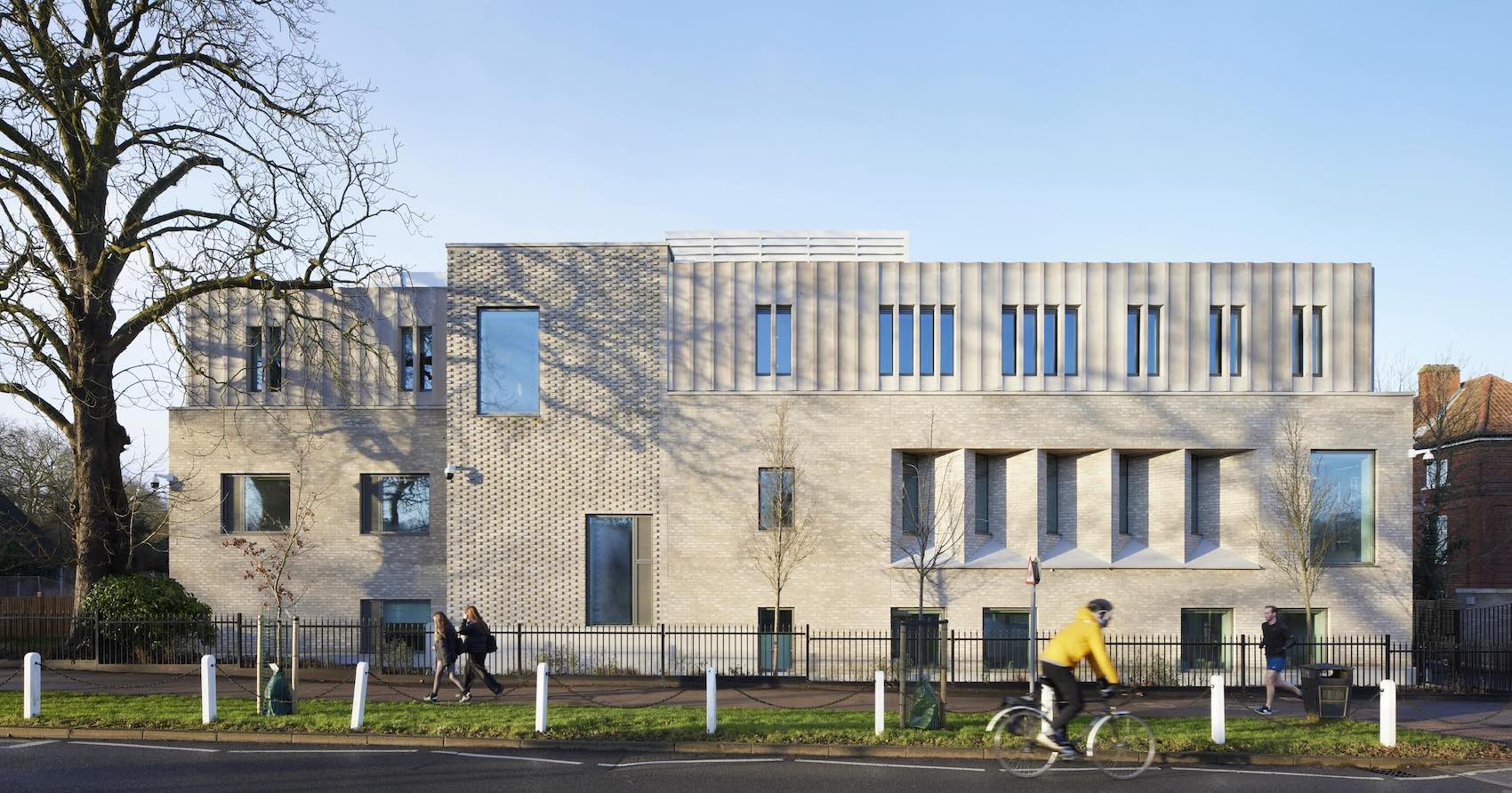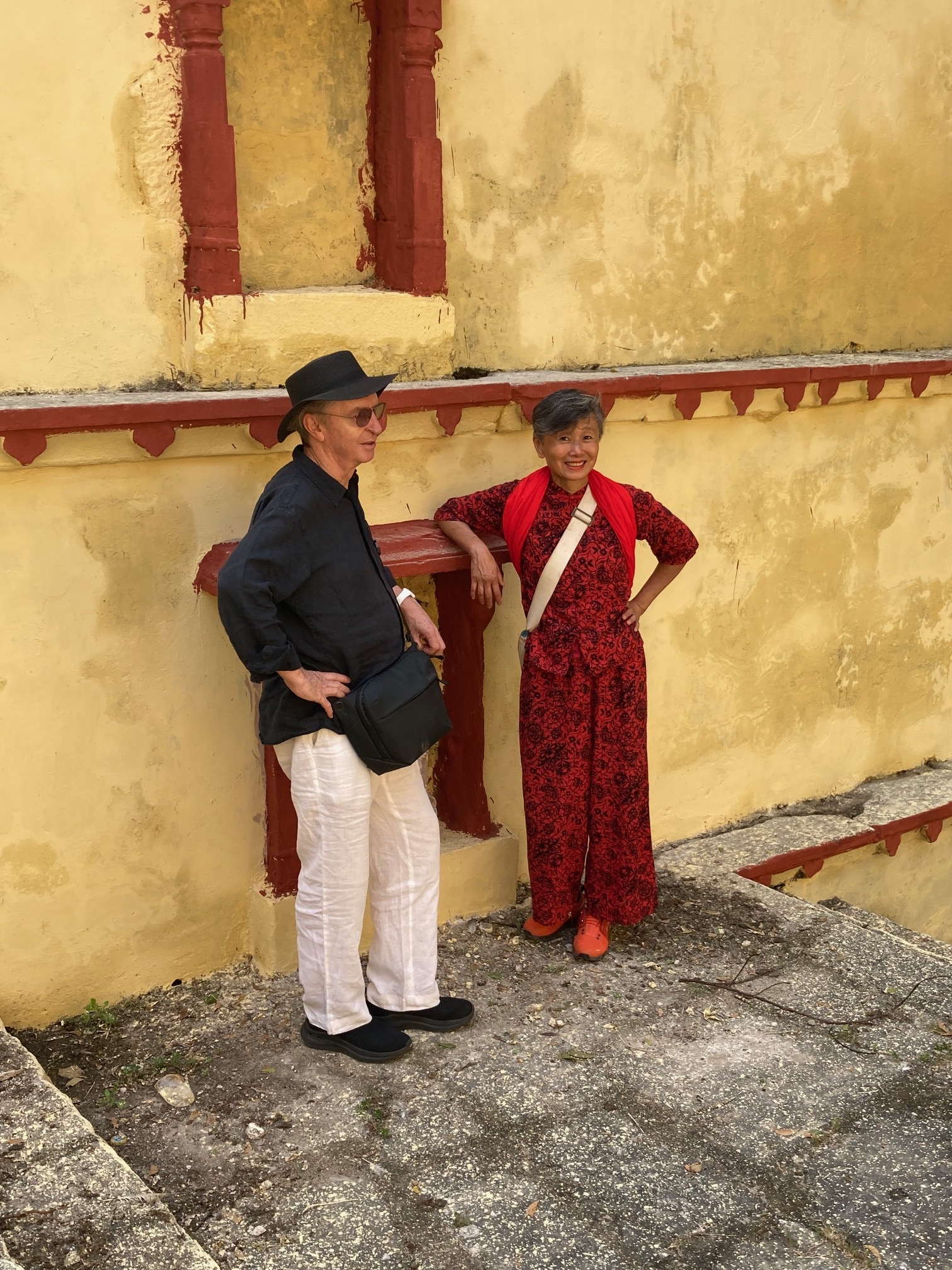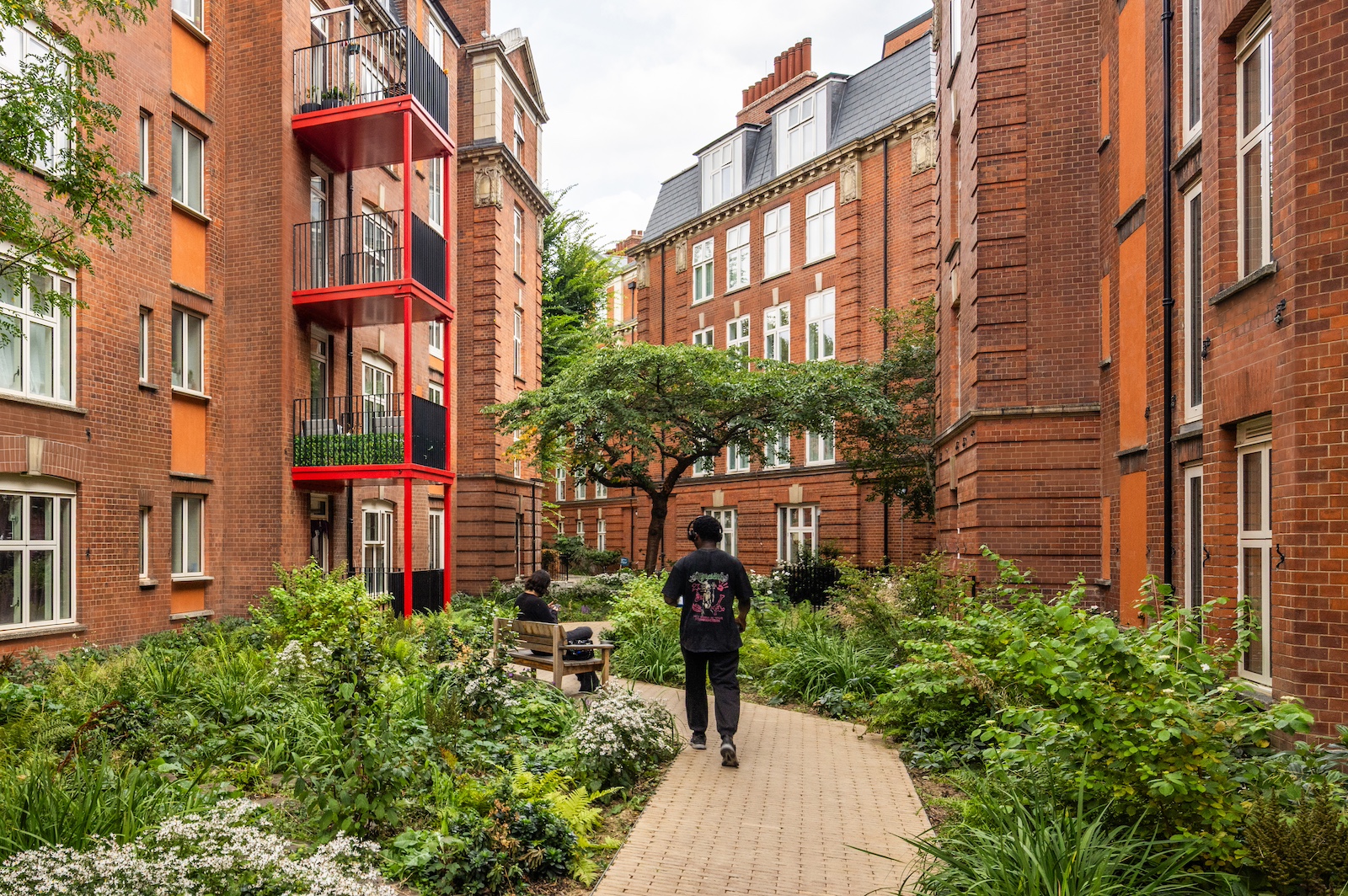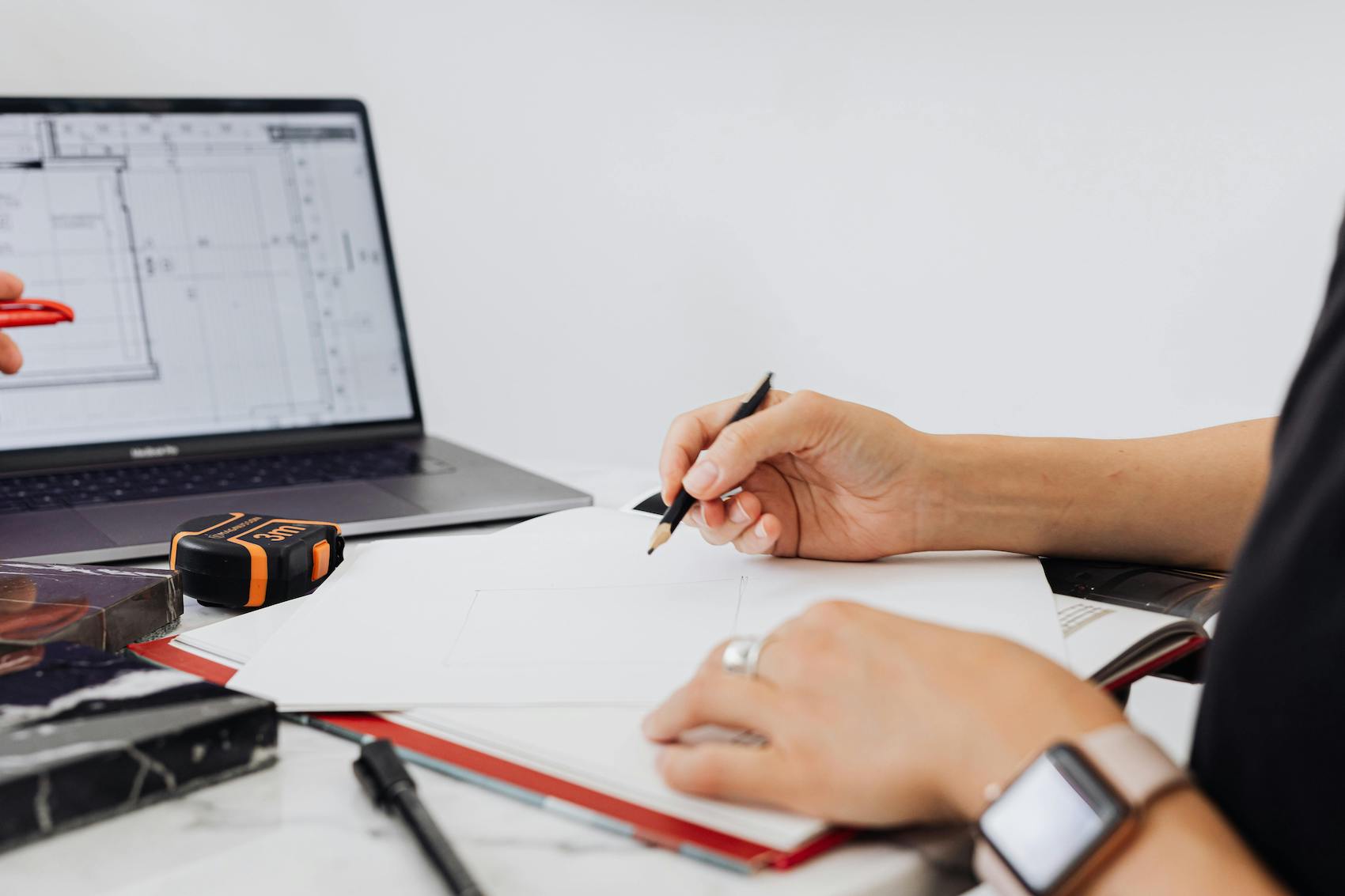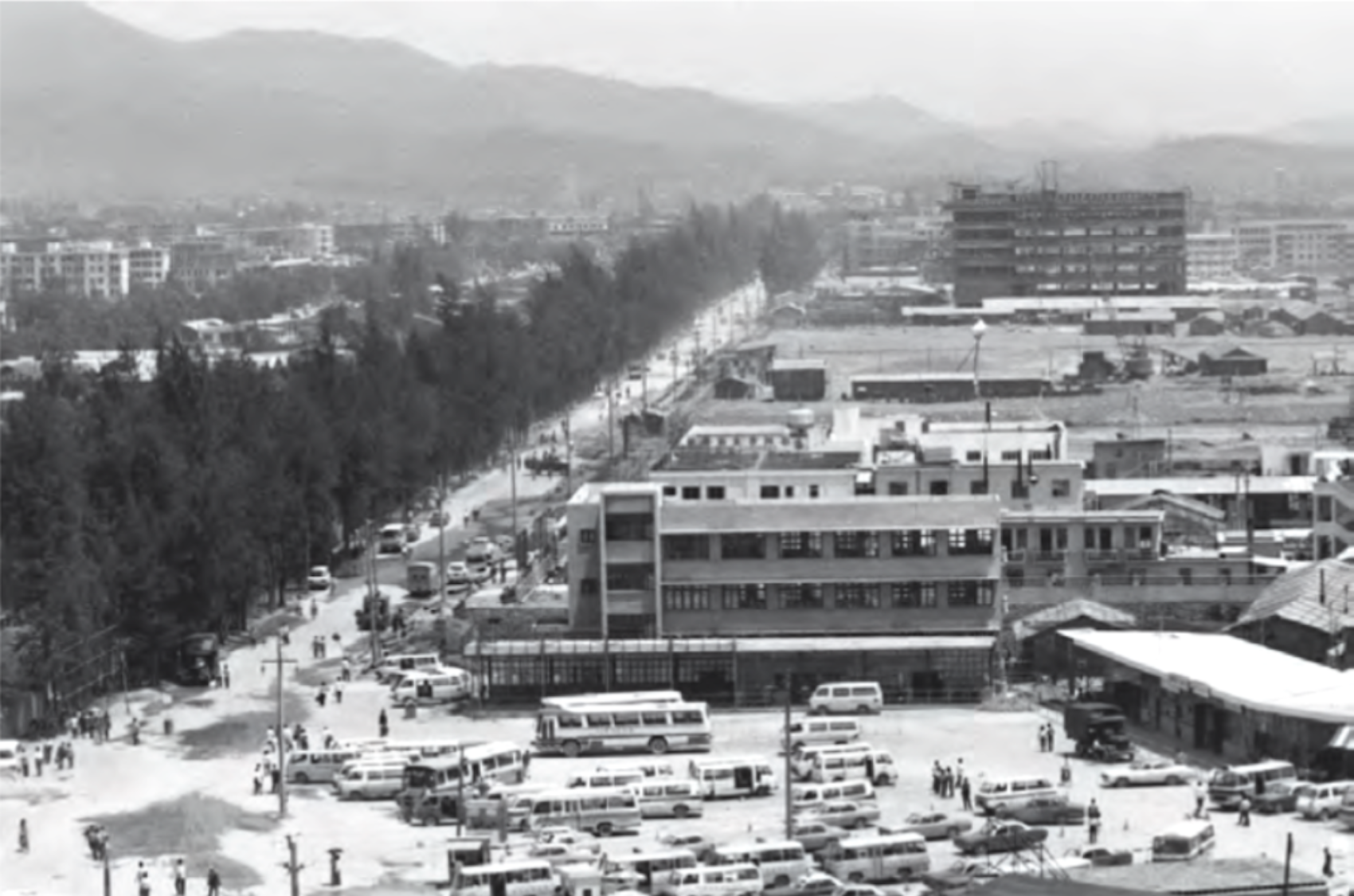Bangkok-based architect Rachaporn Choochuey, co-founder of all(zone), discusses her curatorial approach for the Rockbund Art Museum’s biennial festival of architectural thinking, RAM Assembles 2025. Titled Shanghai Picnic, the biennial explores how informal, spontaneous public life can be rekindled in one of Shanghai’s most meticulously restored and highly regulated urban environments.
all(zone) with Rachaporn Choochuey second from left, front row. (Credit: all(zone))
What is RAM Assembles, and how did your involvement begin?
RAM assembles is a biennial initiative by the Rockbund Art Museum (RAM) in Shanghai. Each edition invites an architect or practice to rethink the relationship between art, architecture and public space. The first edition was curated by David Chipperfield to mark the completion of his long-term transformation of the Rockbund district. When I met RAM’s director, X Zhu-Nowell, we began to discuss how architecture might shape public life in a city that is becoming increasingly formal and controlled. That conversation evolved into Shanghai Picnic, the theme for the 2025 edition.
Why call it Shanghai Picnic?
A picnic is an event that everyone understands. It’s democratic, light, and fun. Anyone can join. People decide where to sit, what to bring, and how to participate. That sense of agency and choice is central to what we wanted to bring to Rockbund. The idea of a picnic also contrasts with the sterility of many public spaces in contemporary Shanghai, spaces that are clean and efficient, but not necessarily welcoming. Through Shanghai Picnic, we wanted to create conditions where people feel they belong, even if only temporarily.
How does the project respond to Rockbund’s unique character?
Rockbund is one of Shanghai’s most beautiful and historically layered areas. But its success also makes it intimidating: it is expensive, polished, and full of luxury brands. Ordinary people often pass through without staying; they take photos but don’t truly occupy the space. We wanted to question why people don’t linger and how we might invite them to reclaim the plaza. A picnic became our metaphor for hospitality – for making the city more usable and less formal.
all(zone), Under a Common Sky, Sheltered to Gather, installation at RAM assembles 2025: Shanghai Picnic, Sept. 12–28. (Credit: Tian Fangfang)
What were the main challenges in designing such a temporary, public project?
Because Rockbund is a protected area, there were many restrictions. We couldn’t anchor anything to the ground or the building; everything had to be lightweight and free-standing. There were also regulations concerning public safety, commercial activity and even what kinds of materials could be used. Rather than resist these constraints, we treated them as part of the design process, learning to adapt and negotiate at every stage. For me, it was important to work with the system rather than against it.
How did you translate the idea of a picnic into architectural form?
We designed a series of canopied structures, modular, colourful, and easy to assemble. They can be moved, dismantled, or reused elsewhere. These elements act as both shelter and social infrastructure. They provide shade, seating and space for informal encounters. The project also includes smaller interventions developed through an open call, ranging from public furniture to installations that reintroduce greenery and water to the site. Each piece encourages people to use the space differently: to sit, rest, talk, or play.
Tell us about the open call process.
We wanted Shanghai Picnic to be a collective experiment rather than a singular vision. So we issued an open call for urban interventions along the alleys leading to Rockbund Plaza. We expected around twenty submissions but received more than eighty — from young designers in China and abroad. We selected six teams whose projects addressed themes of resourcefulness, ecology, and collective participation. Some tackled practical issues, like shade or access to drinking water; others proposed more playful or symbolic gestures. Together they form a network of micro-spaces that extend the spirit of the picnic throughout the district.
Why is public water such a significant element in this project?
Shanghai once had public water taps everywhere, but they disappeared as the city modernised. Access to drinking water may seem trivial, but it’s an important social gesture. In a neighbourhood where everything is expensive, offering free water signals that everyone is welcome. It’s an act of generosity that makes people feel they have a place here.
You’ve described the project as a critique of ‘dry urbanism.’ What do you mean by that?
Many Asian cities have become extremely efficient and sanitised. That’s understandable when you have to manage tens of millions of residents, but the informal layers of city life, the small, messy, human parts tend to disappear. Shanghai Picnic is a way to bring some of that informality back. It doesn’t reject modernity; it asks how to balance order with spontaneity, how to design spaces that feel alive rather than merely organised.
How do you see the relationship between regulation and creativity?
I think good design often emerges from understanding fear – why authorities fear certain activities or configurations. Once you grasp that logic, you can work within it and still create something meaningful. Regulation is not the enemy; it’s a condition. Every society has its taboos and constraints. The key is to find the room for manoeuvre, to identify the small freedoms within which creativity can flourish.
all(zone), Under a Common Sky, Sheltered to Gather, installation at RAM assembles 2025: Shanghai Picnic, Sept. 12–28. (Credit: Tian Fangfang)
What attracts you to impermanence and pursuing temporary structures?
Temporary architecture allows freedom. When people think something will only last a few weeks, they become more open to experimentation. Ironically, many of our ‘temporary’ projects end up staying for years. in Sharjah, Melbourne, or Arles [at Luma] because they work well and people enjoy them. But the temporary mindset is liberating. It removes the anxiety of permanence and encourages play.
Can you give examples of how that approach has evolved in your previous work?
Our MPavilion 2022 in Melbourne was designed to be light and modular, made from easily recyclable materials. In Sharjah we built a canopy to improve outdoor comfort in extreme climates. It was meant to last four months but has remained in use for six years. These experiences taught us that flexibility and maintenance are more important than longevity. Architecture can adapt to changing contexts, and its value lies in how people use it, not how long it stands.
How does Shanghai Picnic build on those ideas?
It continues our exploration of lightness and adaptability but in a more socially engaged way. Here the question is not only how the structure performs physically, but how it transforms behaviour when it is the background to life. Can we make people feel comfortable enough to sit down, talk, and stay? If that happens, even briefly, then architecture has succeeded in creating a sense of belonging.
You often talk about architecture as providing a ‘backdrop’ for life. Can you elaborate?
I think architecture is most powerful when it enables rather than dictates. Our job is to set the scene for people to live, play, and interact. A good space is one that others can complete with their own stories. If someone looks back years from now and says, “Remember when we were at Rockbund and had that wonderful afternoon?”— that’s enough. The memory of shared experience is the real legacy.
How does this project relate to your broader view of urban life in Asia?
Cities like Shanghai or Bangkok are in constant transformation. They are shaped by speed amd ambition (and capitalism) but they also hold deep cultural memories. We are not nostalgic –we don’t want to go back – but we do want to preserve the sense of community that once existed in informal neighbourhoods. Shanghai Picnic is a small attempt to reintroduce that spirit, to show that even within a highly commercialised environment, there is room for generosity and encounter.
You mentioned before that capitalism as a limiting force for architecture. How does that affect your teaching and practice?
In many places, especially in the United States, the role of the architect has been reduced by economic forces. Students graduate with debt and must join corporate offices to survive. It’s not that architects lack ideals; it’s that the system doesn’t allow time for reflection. That’s why we value opportunities like RAM Assembles — they give us space to rethink what architecture can be beyond profit and production.
How do you reconcile optimism with the realities of urban development?
I try not to be cynical. Every city has its contradictions, and we must operate within them. I believe small actions can still make a difference. You can’t change the whole system, but you can create moments, like a picnic, that remind people of what public life feels like. Those moments can accumulate into a larger cultural shift.
What do you hope visitors take away from Shanghai Picnic?
I hope they feel that the city belongs to them, that they can occupy it without permission. If they remember sitting under a canopy, sharing tea, or simply resting in a place that once felt out of reach, then we’ve achieved something. Architecture can’t solve every problem, but it can host encounters – and those encounters, however fleeting, make urban life meaningful.


